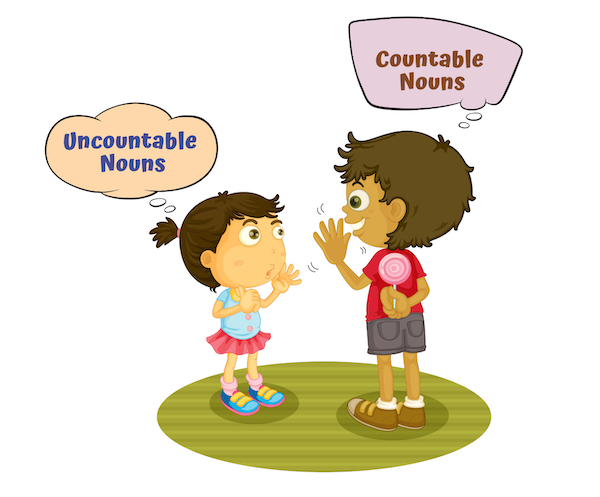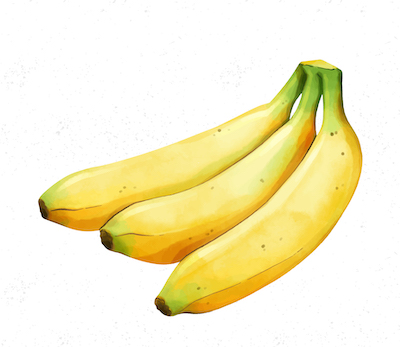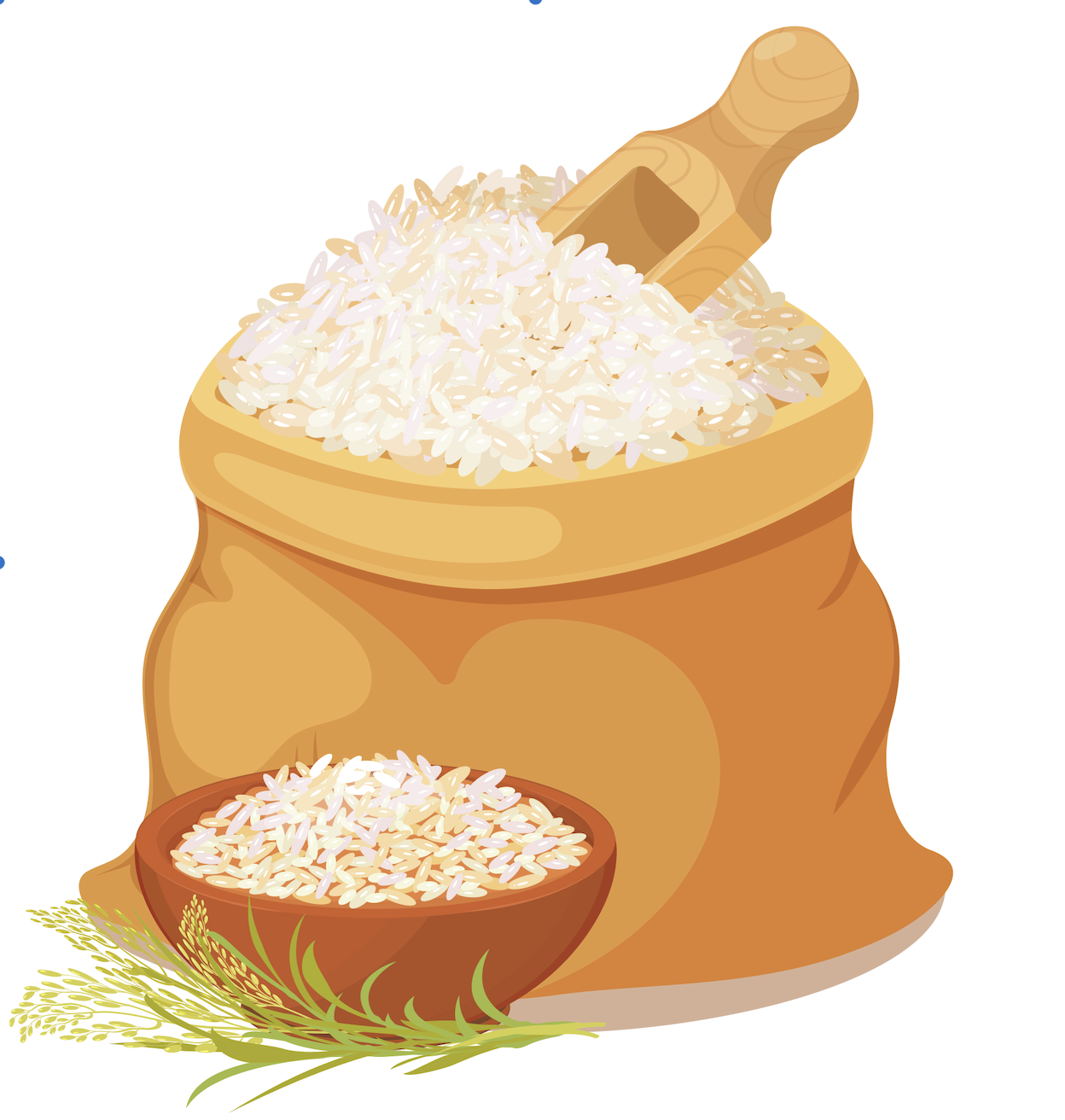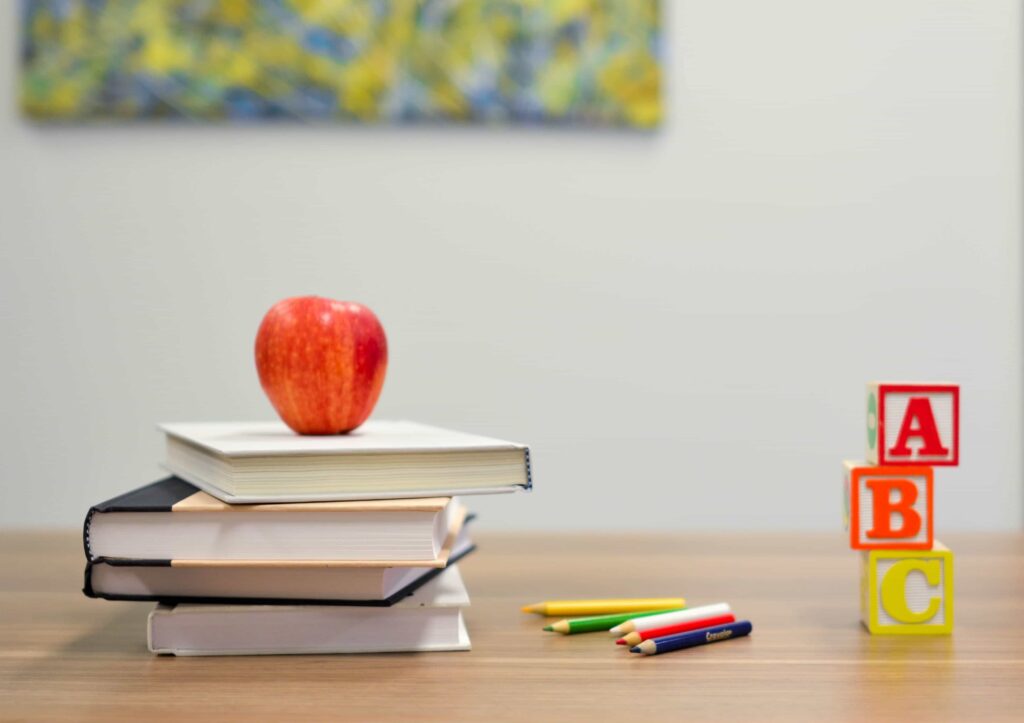Understanding Countable and Uncountable Nouns

Struggling to understand the difference between countable and uncountable nouns in English? Whether you’re a student learning the basics or a teacher looking to explain these concepts, mastering the distinction between items we can count (like books and apples) and those we can’t (like water and happiness) is essential for proper English grammar and communication.

What Are Countable Nouns?
Countable nouns are objects, people, or things that can be counted individually, such as books, dogs, or chairs. You can use numbers with them and they have both singular and plural forms.
- Examples: apple (singular), apples (plural), car, book, cat, banana
Key Features of Countable Nouns:
- Pluralization: Countable nouns can take an “s” or “es” to become plural.
- Example: One chair → Two chairs
- Articles and Quantifiers: We use “a,” “an,” or numbers with countable nouns.
- Example: a dog, three pens

What Are Uncountable Nouns?
Uncountable nouns (also called mass nouns) refer to things that can’t be counted as individual units, like water, sugar, or happiness. These nouns typically don’t have a plural form.
- Examples: water, rice, furniture, information
Key Features of Uncountable Nouns:
- No Plural Form: Uncountable nouns remain the same in singular and plural contexts.
- Example: The water in the glass is cold.
- Quantifiers: Use quantifiers like “some,” “a little,” or “a lot of” to indicate quantity.
- Example: I need some rice for my dinner..

Examples of Countable and Uncountable Nouns
Countable Nouns:
- book → books
- child → children
- flower → flowers
- pencil → pencils
- sandwich → sandwiches
Uncountable Nouns:
- water
- love
- furniture
- music
- information
- rice
- sugar
Rules for Using Countable and Uncountable Nouns
Countable Nouns:
- Can use articles (a, an, the)
- Can be made plural
- Can be used with numbers
- Use “many” and “few” as quantifiers
- Need a determiner in singular form (a book, the pencil)
Uncountable Nouns:
- Cannot use “a” or “an”
- Don’t have plural forms
- Cannot be used with numbers directly
- Use “much” and “little” as quantifiers
- Don’t need a determiner (I like music)
How to Distinguish Between Countable and Uncountable Nouns
Ask yourself these questions:
- Can I count it? Can I say “one [noun]” or “two [nouns]”?
- Does it have a clear singular unit?
- Can I make it plural?
If you answer “yes” to these questions, it’s likely a countable noun.
Pluralizing Countable Nouns
General Rules:
- Add -s: cat → cats
- Add -es after s, ss, ch, sh, x, z: box → boxes
- Change -y to -ies: baby → babies
- Some irregular plurals: child → children, foot → feet
Can Uncountable Nouns Take Plural Forms?
While uncountable nouns generally don’t have plural forms, there are ways to make them countable:
- Add a unit of measurement: “two glasses of water”
- Add a container: “three bags of rice”
- Add a portion: “two pieces of furniture”
Practice Time! Test Your Knowledge
Want to understand abstract and concrete nouns? Find all your answers here
Access ready-to-use noun worksheets for your classroom.



